About a decade ago I took an ill-advised gig reviewing books about movies, most of which were either unbearably fannish, or impenetrably academic. (There was one weighty tome on melodrama in the silent serial that spent nearly half its length establishing the fact that there indeed was melodrama in silent serials — something I knew before I opened the book.) However, there was one book that set out to prove that Alfred Hitchcock’s Rear Window (1954) was a “perfect” film — and if it didn’t quite prove that bold claim, it made a strong case for the possibility. I’ve never quite bought into the idea that the 1950s were the apex of Hitchcock’s career — that they have a “moral weightiness” that is supposedly lacking in his earlier work. However, Rear Window may just be the one film that justifies that idea.
In one sense, Rear Window is an elaboration on the one set idea of Rope (1948), but with a much broader canvas — and without the stunt business of making a film in one long take (or as close as camera capacities could come). Instead of one room and a skyline, Rear Window affords Hitchcock a contained apartment and the view of the courtyard and the other apartments that can be seen from window of the title. It’s a set-up lesser filmmakers might have found confining. Hitchcock obviously found it liberating. It turned out to be more, because the story is of such a nature that it implicitly remarks on both the voyeurism of the filmmaker and the audience.
The story concerns a photographer, L.B. “Jeff” Jeffries (James Stewart), who is laid-up in his apartment recovering from a broken leg. He’s nearing the end of his confinement and the boredom has become unbearable. He only ever sees his visiting nurse, Stella (Thelma Ritter), and his upper-class model girlfriend, Lisa Carol Fremont (Grace Kelly). Time hangs heavy and for distraction he has turned his attention to the dramas — so far as he can determine them — of his neighbors. He spies on their activities, becomes involved in their lives, and fills in the blanks through his imagination. (The ending of François Ozon’s 2012 In the House riffs on this concept.) What really draws his attention from these vignettes is the case of Lars Thorwald (Raymond Burr), a traveling salesman who is hag-ridden by his wife (Irene Winston). And then Mrs. Thorwald suddenly isn’t there anymore, which — along with Thorwald’s peculiar actions — convinces Jeffries that she’s been murdered.
Though he manages to involve Lisa and Stella in his mystery, getting his police friend, Det. Doyle (Wendell Corey), to buy his story is another matter. This being a movie, he determines to solve the possible crime himself. For a time, we aren’t quite sold on Jeffries’ assumptions, but more and more it seems that he may well be right — unleashing the kind of drama that gained Hitchcock the title “master of suspense.” In the bargain, we become complicit in his voyeuristic activities.
The richness of Rear Window is remarkable. Not only do we have the central mystery, but the other dramas — related and otherwise — that play out in the other apartments. More than that, we have the drama of Jeffries’ relationship with Lisa — a woman who is both younger and wealthier than Jeffries. But she also is determined to marry him, despite his reservations in the matter. On top of all this, the script is filled with bright touches and wonderfully funny — often rather gruesome — observations from Stella. The beauty of the studio-created apartment building is stunning, as is the atmosphere Hitchcock generates. You can practically feel the suffocating heat of a New York City summer. There really isn’t a single thing to carp about with Rear Window. It’s exciting, entertaining, perceptive, complex. and beautifully crafted — a brilliant work by a master filmmaker in every way. You know, maybe it is a perfect film after all.
The Asheville Film Society is showing Rear Window Wednesday, July 30, at 7:30 p.m. in at The Carolina Asheville as part of the Budget Big Screen series. Admission is $6 for AFS members and $8 for the general public.

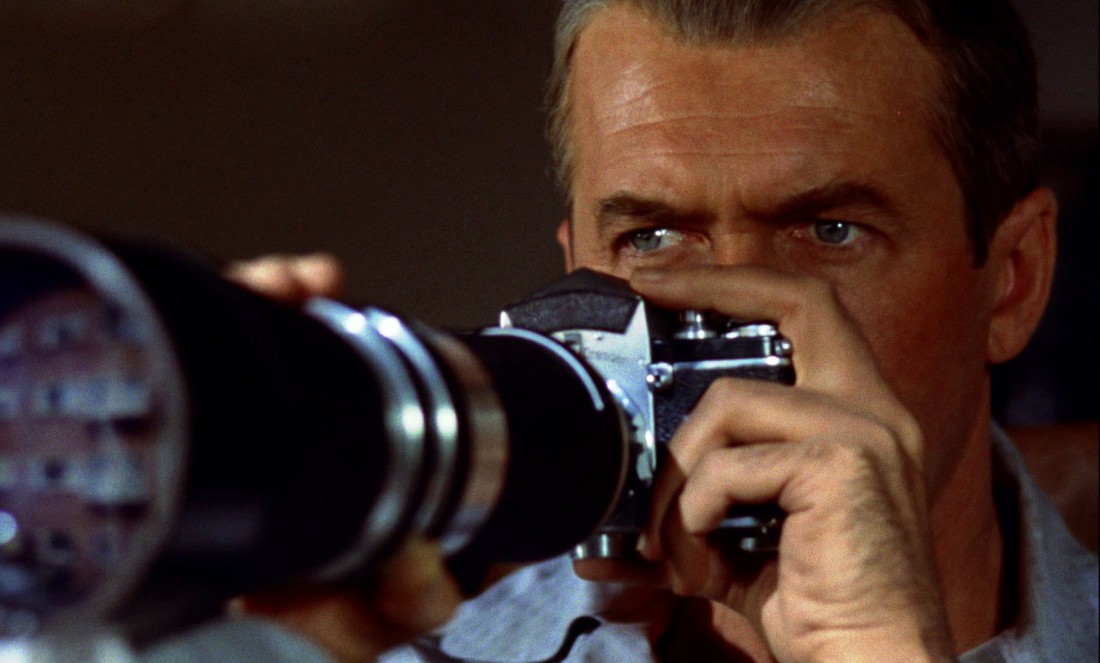
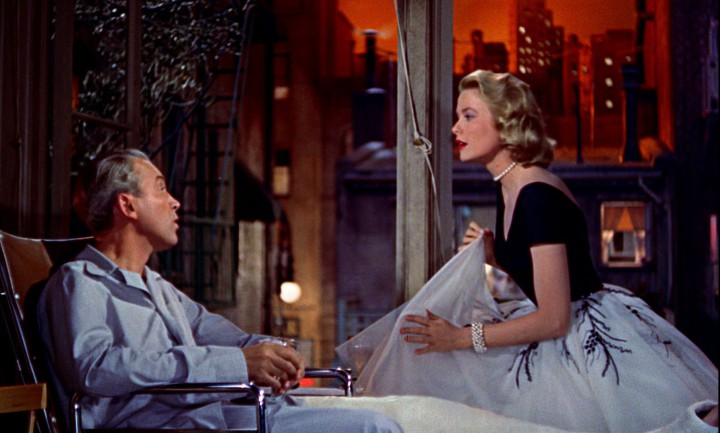

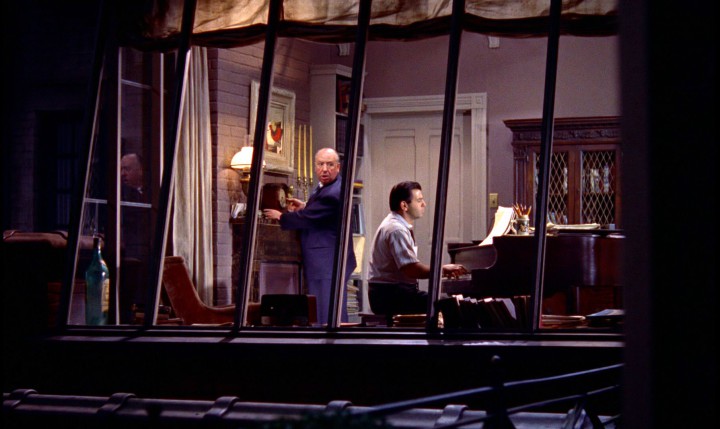
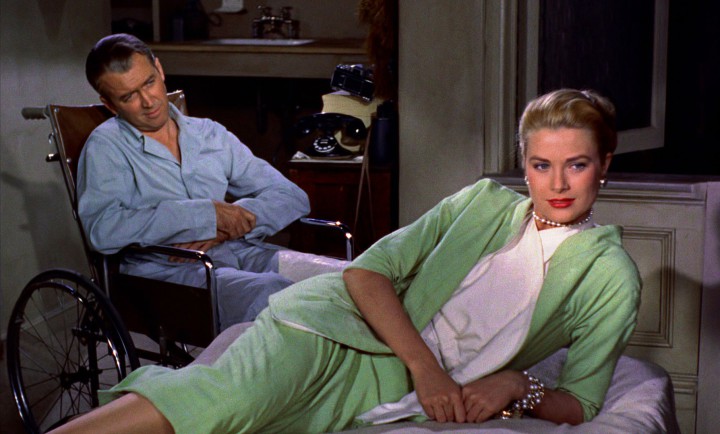
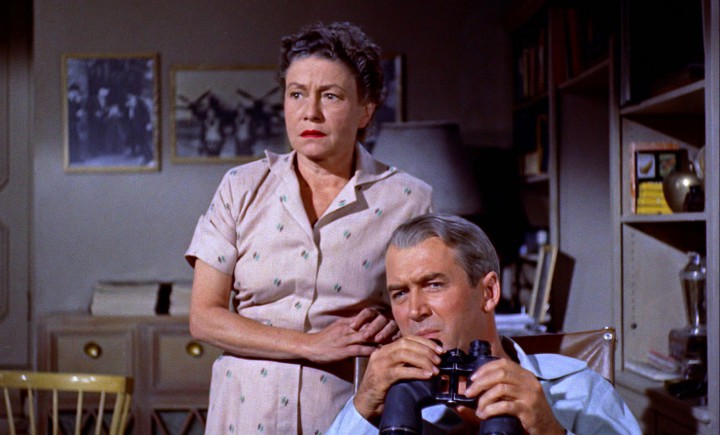
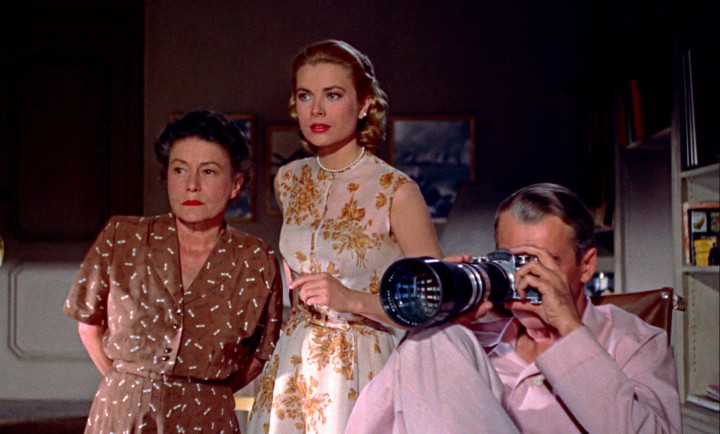

This is a great film to see with a good crowd. I saw it for the first time at a screening four or five years ago, and I could feel the audience creeping forward on their chairs during moments of high tension.
Just don’t get caught feeling the audience.